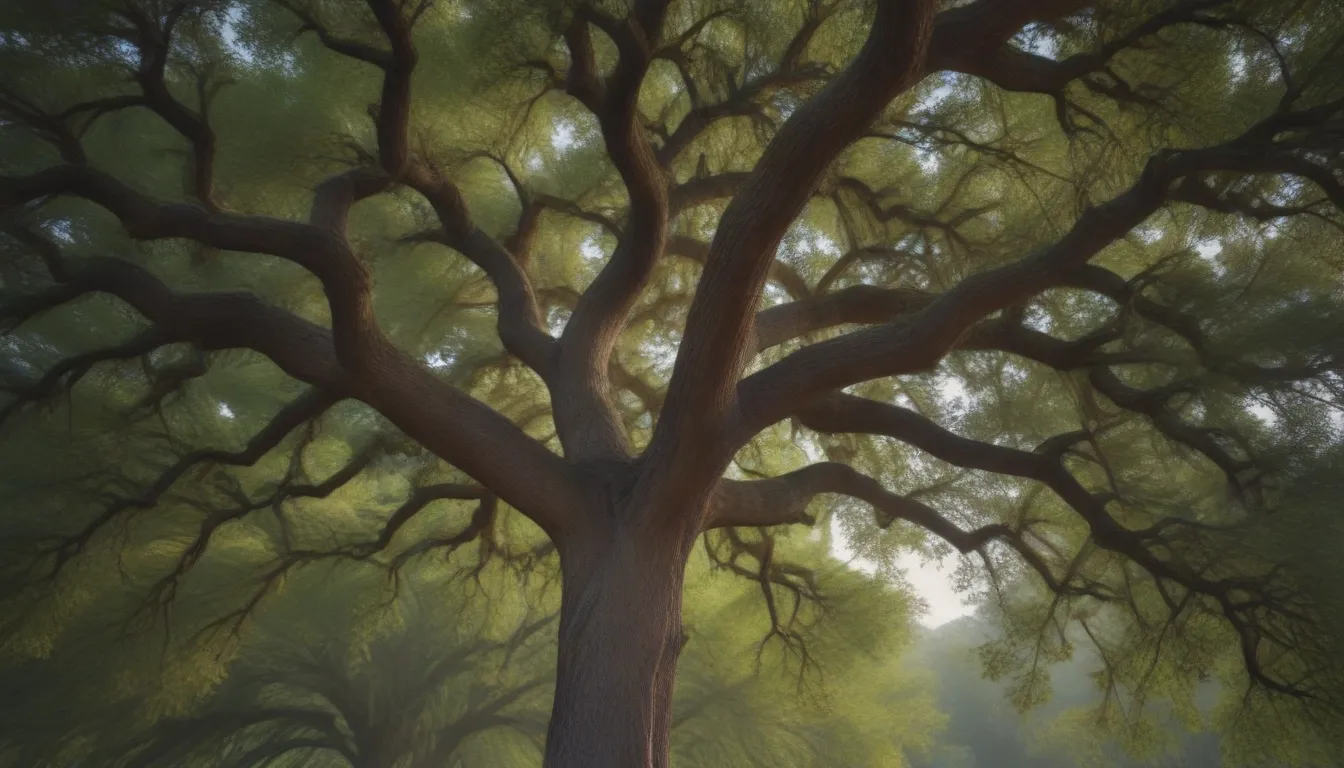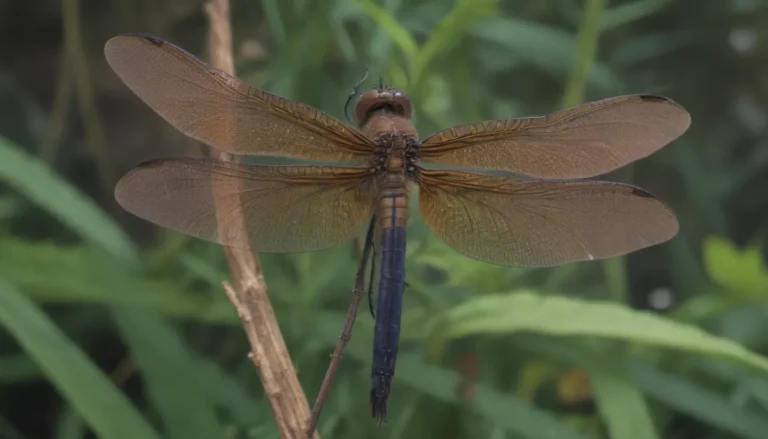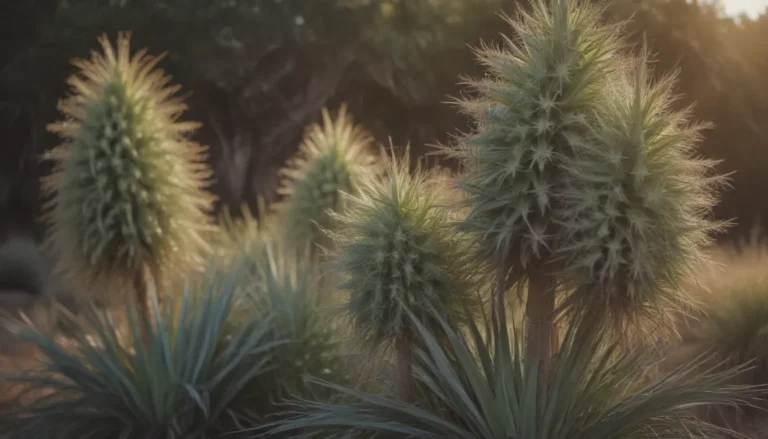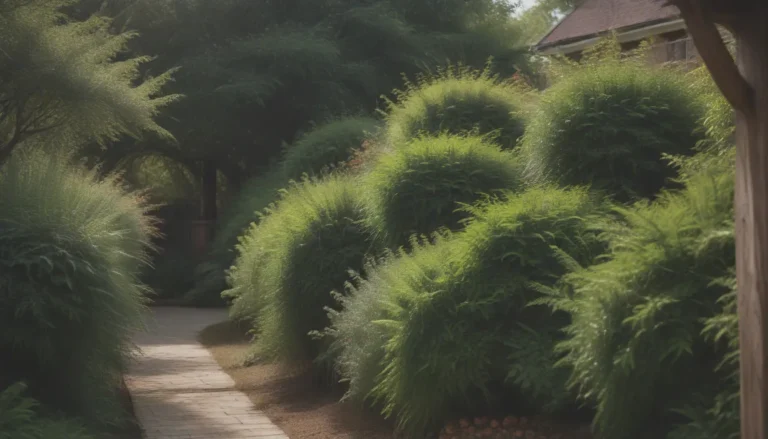The Ultimate Guide to Growing and Caring for Chinkapin Oak Trees

If you’re looking for a fast-growing, long-lived hardwood tree to add beauty to your landscape, look no further than the majestic Chinkapin Oak. With its glossy, yellow-green leaves and a lifespan of 150 to 250 years, this tree is sure to make a striking addition to any garden or yard. In this comprehensive guide, we will explore everything you need to know about growing and caring for Chinkapin Oak trees.
Introduction to Chinkapin Oak
Chinkapin Oak, also known as Quercus muehlenbergii, is a member of the white oak group and closely resembles chestnut trees. Its small, coarsely toothed leaves set it apart from other oak species, giving it a unique and distinctive appearance. This versatile tree thrives in full sun conditions, well-draining soils, and can withstand a wide range of temperatures, making it an ideal choice for many landscapes.
Chinkapin Oak Care Guide
To ensure your Chinkapin Oak tree thrives and remains healthy, here are some essential care requirements to keep in mind:
- Light: Chinkapin Oak thrives in full sun conditions, requiring at least 6 hours of direct sunlight per day to grow and flourish.
- Soil: While Chinkapin Oak can tolerate various soil types, it prefers well-drained soil with a pH ranging from weakly acidic to alkaline.
- Water: Newly planted trees require regular watering during the first growing season, but established trees can tolerate dry conditions and only need watering during prolonged droughts.
- Temperature and Humidity: Chinkapin Oak is highly adaptable to different climate conditions, making it suitable for regions with subzero winters and hot, humid summers.
- Fertilizer: Chinkapin Oak trees are hardy and can grow in poor soils without the need for fertilization. Occasional mulching can help maintain soil health and promote growth.
Types of Chinkapin Oak Trees
Chinkapin Oak is a member of the white oak group, which includes other oak species such as bur oak, white oak, and swamp white oak. While there are no known cultivars of Chinkapin Oak, a closely related species known as dwarf chinkapin oak or dwarf chestnut oak (Quercus prinoides) shares similar growing conditions and features. This native tree can be grown as a large shrub or small tree, reaching heights of 12 to 25 feet.
How to Identify Chinkapin Oak Trees
Identifying Chinkapin Oak trees is relatively straightforward, thanks to their unique characteristics:
- Appearance: Chinkapin Oak trees have a pyramidal shape when young, gradually becoming broader and more rounded as they mature. The leaves are thick, firm, light yellow-green on top, and paler green to silvery white underneath.
- Bark: Mature Chinkapin Oak trees have distinctive flaky, gray-yellowish bark that adds to their visual appeal.
- Acorns: The tree produces small acorns measuring 3/4 inch to an inch long, with a thin cap, which serve as a valuable food source for various wildlife.
Uses of Chinkapin Oak Trees
Chinkapin Oak is a versatile hardwood tree that finds various uses, including:
- Construction: The wood from Chinkapin Oak trees is used for split-rail fences, railroad ties, and construction lumber.
- Wildlife: The sweet acorns produced by the tree serve as a valuable food source for squirrels, chipmunks, deer, turkey, and other birds.
Pruning and Propagating Chinkapin Oak Trees
Proper pruning and propagation techniques are essential for maintaining the health and vitality of Chinkapin Oak trees:
- Pruning: Chinkapin Oak trees typically do not require pruning, except for removing crossing, broken, or diseased branches. Pruning should be done during the dormant season to avoid stressing the tree.
- Propagation: The best way to propagate Chinkapin Oak trees is through seeds, commonly known as acorns. Planting acorns immediately after they fall in autumn is the most effective method for successful growth.
Common Pests, Diseases, and Problems
While Chinkapin Oak trees are relatively resistant to pests and diseases, they may face challenges under certain conditions:
- Pests: Common pests that may affect Chinkapin Oak trees include gypsy moths, orange-striped oakworms, and variable oakleaf caterpillars, which can defoliate the tree.
- Diseases: Chinkapin Oak trees may be susceptible to oak wilt, cankers, shoestring root rot, anthracnose, and leaf blister under stressful conditions.
- Common Problems: Issues such as young trees failing to thrive and bark splits or cracks may occur, but proper care and maintenance can help mitigate these challenges.
In conclusion, growing and caring for Chinkapin Oak trees can be a rewarding experience, thanks to their resilience and longevity. By following the guidelines outlined in this comprehensive guide, you can enjoy the beauty and benefits of these majestic trees in your landscape for years to come. Whether you are a seasoned gardener or a novice tree enthusiast, cultivating Chinkapin Oak trees can be a fulfilling and enriching endeavor.





